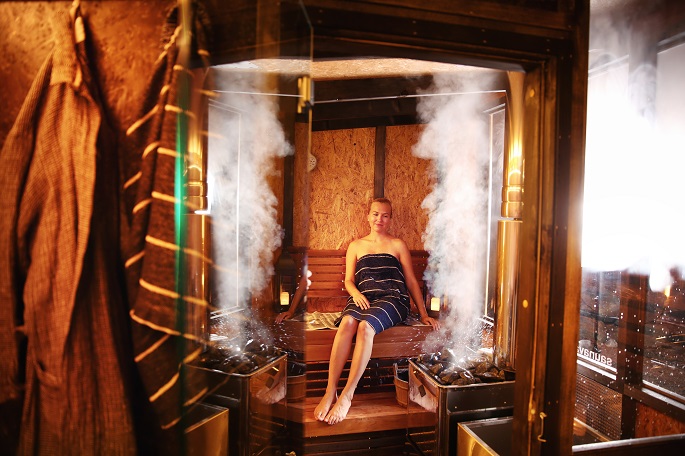Energy consumption in households slides in 2017
Published : 23 Nov 2018, 02:46
The energy consumed in housing amounted to good 66 terawatt hours (TWh) in 2017, according to Statistics Finland.
Consumption fell slightly from the previous year, although the number and volume of dwellings grew by around one per cent.
The weather was warmer in 2017 than in the previous year, which decreased the need for heating energy. Consumption of indoor space heating fell by one percent from 2016 to 2017. The energy consumption of household appliances went down by three per cent. The data are based on Statistics Finland's statistics on energy consumption in households.
Heating of residential buildings amounted to 68 per cent of energy consumption in housing, heating of domestic water fifteen per cent and heating of saunas five per cent. The share of electrical equipment, cooking and lighting was close on 13 per cent. Housing accounted, on average, for 20 per cent of the final energy consumption. Housing also includes free-time residences.
One-third of energy consumption in housing was electricity in 2017. Nearly one-third of consumption was district heat and good one-fifth wood. Close on 23 TWh of electricity was consumed; approximately the same amount as in 2016. Forty-eight per cent of electricity was used to heat indoor areas and 36 per cent to household appliances. The remainder of electricity was used to heat domestic water and saunas.
Heating of residential buildings consumed 45 TWh of energy in 2017. Consumption decreased by one per cent from the previous year. The most common sources of energy for indoor space heating were district heat, electricity and wood, the share of which totalled 82 per cent of the energy consumption for indoor space heating. The next most common energy source was heat pump energy.
The use of heat pumps for heating has grown significantly from the start of the millennium. This is visible in the statistics as growth in both heat pump energy and electricity use of heat pumps. Heat pump energy refers to the energy extracted with heat pumps from the environment. The electricity use of heat pumps is included in electricity consumption of heating in the statistics on energy consumption in households.
In addition to the area to be heated and the energy efficiency of the building stock, the need for heating energy is also affected by the outdoor temperature. Its changes are monitored with heating degree days. The year 2017 was 1.8 per cent warmer than 2016, although both were clearly colder than the record warm year 2015.
Around 3 TWh of energy was used for heating saunas in 2017. Nearly two-thirds of energy were wood and good one-third electricity. The energy consumption of heating domestic water was 10 TWh.
The energy consumption of household appliances, that is, cooking, lighting and other electrical equipment, was good eight TWh in 2017. Appliances accounted for good 12 per cent of the entire energy consumption of households. One per cent of this was used on cooking, that is, using cookers and ovens, and two-and-a-half per cent on lighting. The remaining nine per cent was used in other electrical equipment. They include small appliances for cooking, refrigeration equipment, washing machines, tumble dryers, televisions and computers with their accessories, lifts, and car interior heating.


